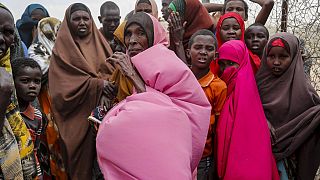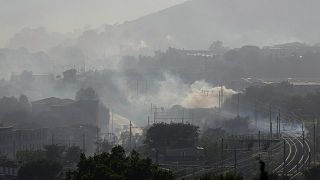Sudan
Ethiopian refugee Sejamara and her husband had no plan when they left for Sudan after conflict hit the Tigray region, but they have been welcomed by residents across the border.
Hungry, thirsty, and fatigued, they arrived at the Sudanese border town of Hamdayit after walking several hours and wading through the Setit river in the early days of the conflict.
To their surprise, they got a warm reception from a local who even offered them a place to stay.
"We first asked them to help us find a place to sleep. They told us we could sleep and live with them here. We asked them for a house we could rent, but they informed us that there weren't any available at the moment. We're still living with them until now," Sejamara said.
Despite the language barrier, their Sudanese host Araby Hassan Mohamed said he couldn’t abandon them. His utter generosity became a relief to both Sejamara and her husband.
"We are hosting our Ethiopian brothers after they fled fighting and arrived to the (Um Rakuba refugee) camp. However, they could not find shelter in the camp and the living situation was difficult there. So they came to us and we welcomed them in our homes," Eissa Hassan , Sudanese farmer living in Hamdayit said.
Sudan now hosts about 36000 Ethiopian refugees with many in transit camps near the border, according to Sudan’s refugee commission.
Ethiopia's northern Tigray region has been rocked by bloody fighting since November 4, when Ethiopian Prime Minister Abiy Ahmed announced the launch of military operations there.
The ongoing conflict is reported to have killed hundreds of people and forced thousands more to flee into neighboring Sudan.












Go to video
South Sudan's president Salva Kiir dismisses army chief Paul Nang Majok
01:09
Liberian president issues official apology to civil war victims
01:13
China and Ethiopia reaffirm alliance at meeting on sidelies of BRICS summit
01:05
Ethiopia's mega-dam on the Nile is "now complete", Prime Minister says
01:12
One child displaced every five seconds in MENA region conflicts
01:49
Sudanese refugees in Chad face deepening humanitarian crisis